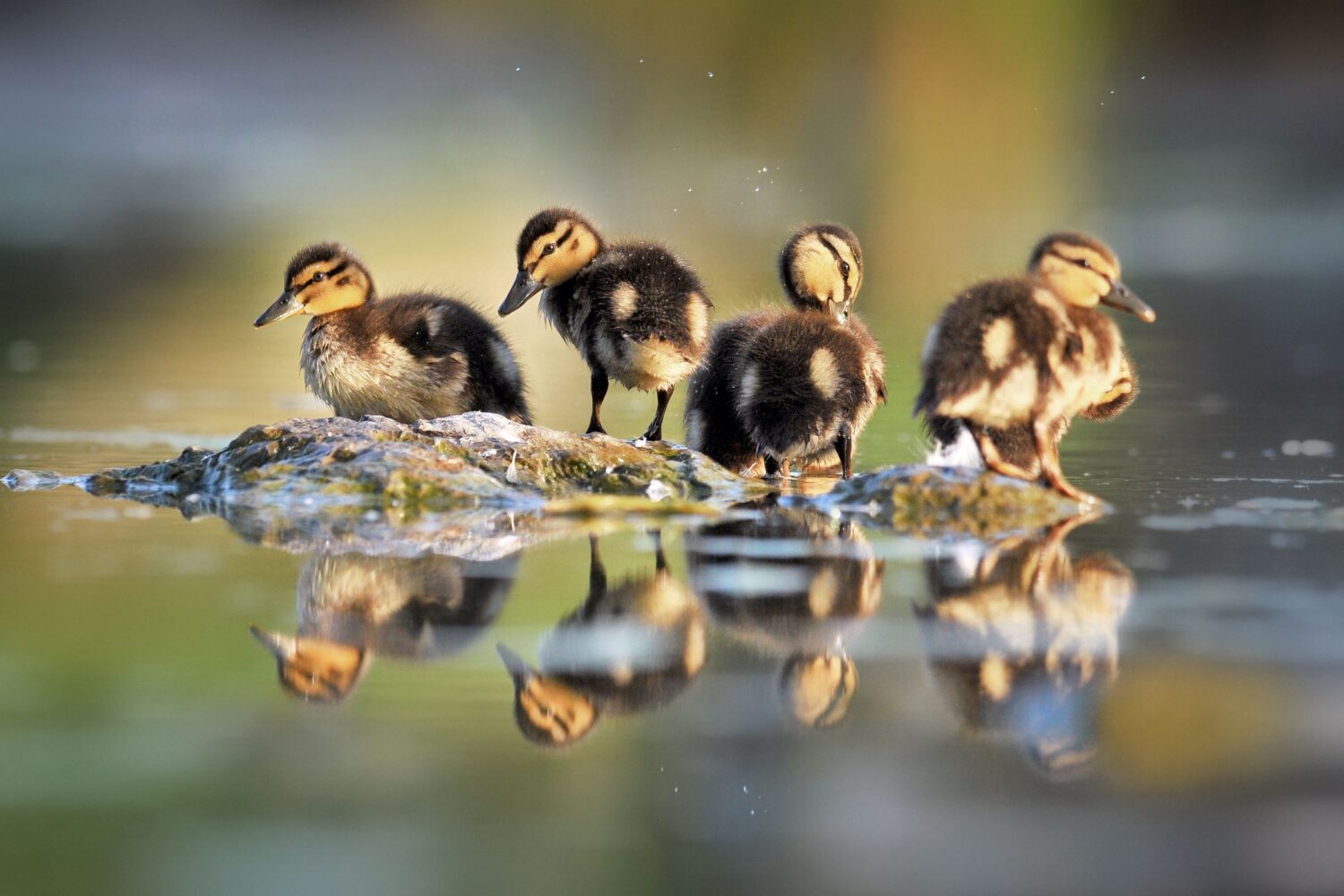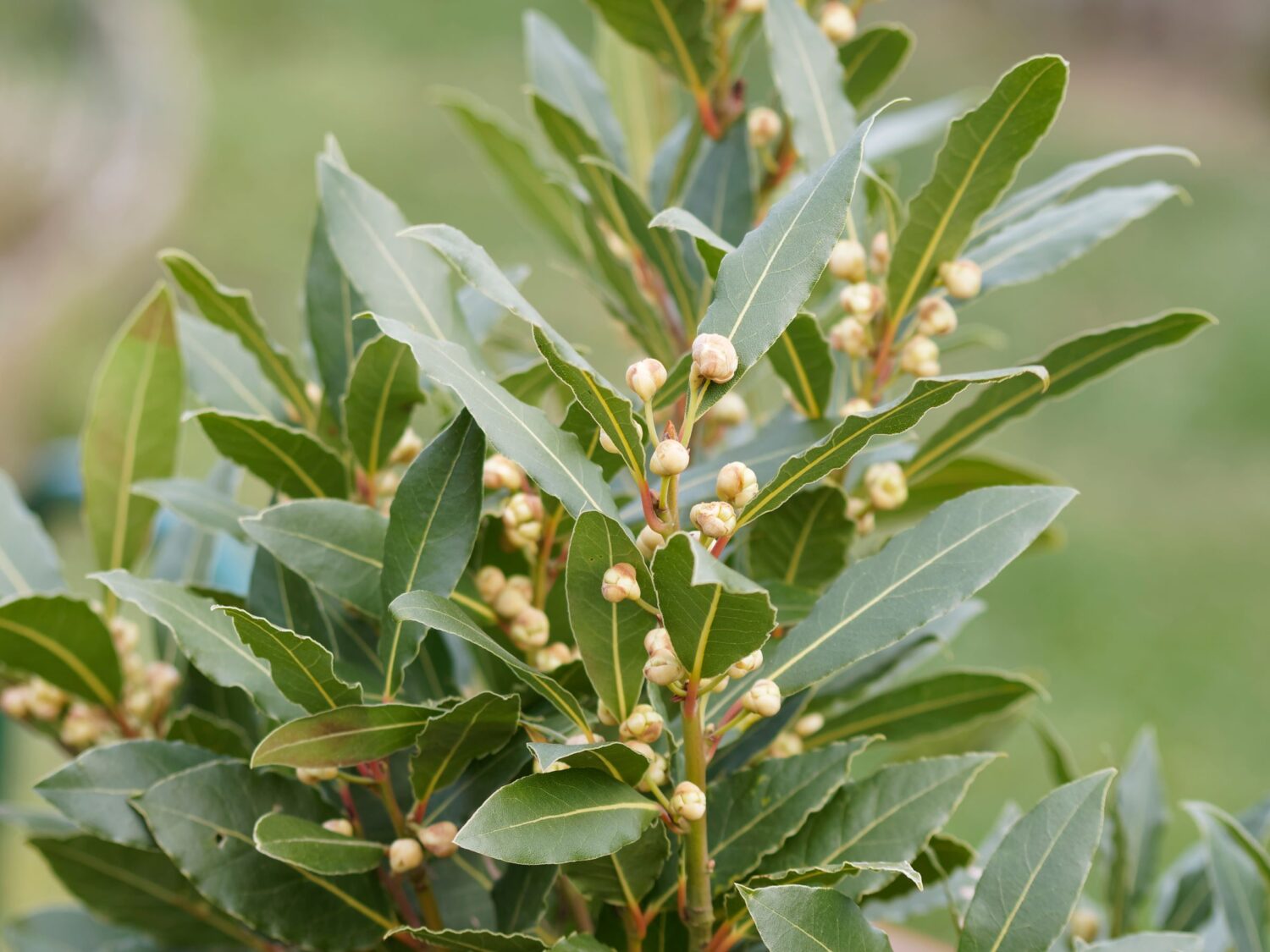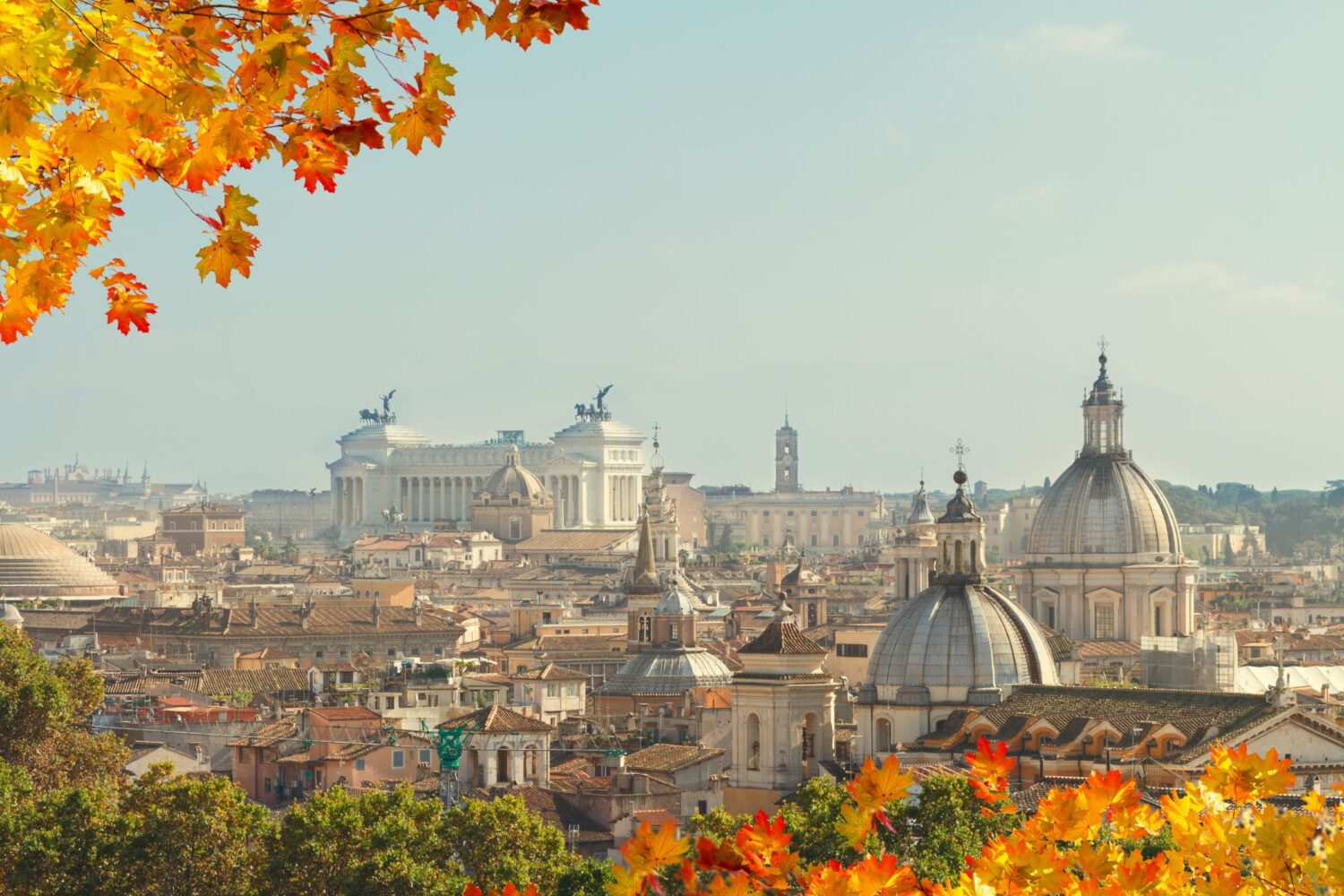Reading time: 0 minutes
“Roma dove sei? Eri con me
Oggi prigione tu, prigioniera io
Roma antica città
Ora vecchia realtà
Non ti accorgi di me
E non sai che pena mi fai”“Rome where are you? You were with me
Vacanze Romane, a song by Matia Bazar
Today you are a prisoner, I am a prisoner
Ancient Rome city
Now old reality
You don’t notice me
And you don’t know how sorry you feel for me.”
The school year is coming to an end and the class coordinator, a mathematics and science teacher, thought of holding an outdoor lesson at Villa Ada Savoia in Rome. My colleague who teaches physical education and I willingly accompany her.
After about a thirty-minute walk, we reach the park.
Surrounded by Nature in the Eternal City
The aim of the lesson is to collect leaves and catalog them, but I have always preferred fauna to flora and I can’t help but photograph a duck and her seven ducklings swimming in the pond. I remember one of my favorite fairy tales as a child was The Ugly Duckling. Each of us, at least once in our lives, has been an ugly duckling. We are often not actually ugly; it is the context in which we find ourselves that makes us feel like this. We must find the courage to take flight like swans and go far.

Mother duck (a mallard), not at all intimidated by my students, approaches the bank of the pond. I think she expects us to throw breadcrumbs at her, as many park visitors do. A characteristic of the mallard duck (Anas Platyrhynchos) is sexual dimorphism; part of the male’s feathers are bright green, to attract the females, whose plumage, however, is brown.
The pond is surrounded by laurel bushes (Laurus Nobilis), a plant dear to Apollo and known for its magical properties. Legend has it that Cupid in revenge pierced Apollo with an arrow, making him fall in love with the nymph Daphne, who did not reciprocate his love. The nymph, to escape the god of the Sun, asked to change shape and was transformed into a laurel tree. Today laurel leaves are used to season dishes and to prepare excellent decoctions. Place bay leaves in wardrobes to perfume clothes. Burning dried bay leaves and white sage purifies the environment.

I collect some laurel leaves and head with my students toward an area of the park full of trees. Some students collect cork oak leaves (Quercus suber), a tree widespread throughout the Mediterranean basin, especially in Sardinia. I help them fill out the form, providing them with information on cork, a material used for the production of sandals, accessories, and above all corks. The invention of the latter facilitated the preservation of wine.
The specimen of cork oak around which we have gathered is covered in moss. The class coordinator explains to the students that moss always forms on the side of the tree facing north, and invites them to check using a compass. Next, she gives us some information about where we are.
The Second-Largest Park in Rome
Villa Ada is the second-largest park in the capital. The Salaria Vetus is located in an area formerly called Antemnae, the oldest city in Rome, crossed by the salt road. Below the park, there are some tunnels, used by the early Christians as catacombs. Between the 16th and 18th centuries, the area was divided into different plots used as vineyards, cane fields and farms. In the 19th century, it belonged to the Savoy family, who used it as a hunting estate. In 1878 it was sold to Count Telfener, whose wife was named Ada. Repurchased by the Savoys in 1904, it was their official residence until 1946. On 25 July 1943, it was the scene of Benito Mussolini’s arrest. After the exile of the Savoys, Villa Ada became a public park. It currently houses the Embassy of the Arab Republic of Egypt.
The science lesson, which later became a history lesson, is interrupted by a magnificent Jack Russell (canis familiaris) who joins us. Equipped, like all his peers, with considerable intelligence and intuition, he does not waste time with the students but gets closer to the individual who loves dogs more than any other member of our group: myself! I decide to reward him and offer him generous bites of my focaccia. The canine seems to like it but after a while, he is called away by his owner.

At that point, my students settle down on a blanket and continue to fill out the cards relating to the leaves they have collected. When they have concluded their research, they are called to present it. For example, Bianca describes the horse chestnut (Aesculus hippocastanum) – belonging to the Sapindaceae family – whose fruit is similar to the chestnut but is not edible. Pupil Patrizia tells us a legend relating to blackberries (Rubus fruticosus), explaining that the latter is a shrub and not a tree. The reason why this fruit can only be consumed between 8 May and 29 September (between two feasts of San Michele Arcangelo) is linked to the expulsion of Lucifer from paradise; the rebel angel, falling, was injured by the thorns of the brambles. Every year, during the September celebrations of Saint Michael the Archangel, Lucifer remembers his defeat and, in the throes of hysteria, begins to spit and urinate on the blackberries, cursing them and making them poisonous!
While I listen to my students with interest, I am forced to observe the behavior of other “students”. A crow (Corvus corone) approaches our group and I just have time to save it from the clutches of Elio who is stuffing it with popcorn! In Rome, I saw many birds that I initially mistook for crows. In reality, both ravens and crows belong to the Corvidae family, but the crow is smaller. In the meantime, Elio, no longer able to cause harm to the unfortunate bird, decides to vent his restlessness on the poor Quercus suber! Armed with a dry branch, he begins to furiously remove the moss from the tree’s bark! He is promptly disarmed by the class coordinator.
The flora and fauna of Villa Ada breathe a sigh of relief when my students conclude the presentation of their research. We decide to move to another area of the park to allow the students to play dodgeball. While I watch them play, I remember that in two days they will stage an opera by Gianni Rodari at the school theater. I don’t know where I’ll teach next year; I don’t know if I’ll see these students again. “Come on, Anna! You don’t want to get emotional right now!”
I hope this is the first of a long series of articles on Rome, a city that I love and that loves me. Rome welcomed me for the first time in 2007 when I began my career as a receptionist. And it welcomed me back in 2022 as a teacher.
Goodbye Rome, see you soon!

About the Author

Anna Visconti was born in Caserta.
From an early age, she showed a strong interest in English literature and books on etiology. During her high school years, she dreamed of becoming a writer.
She studied Foreign Languages and Literature at the Federico II University of Naples and later, following the example of Ulysses, one of her favorite literary characters, she worked as a tour leader and as a receptionist, so she could travel and see the world.
Anna loves animals very much and has already adopted four dogs (a number that is destined to grow!)
For them, she put away her suitcase and chose to devote herself to teaching foreign languages. Anna currently teaches English in Rome and in Pozzuoli.
Read other articles by this author.

